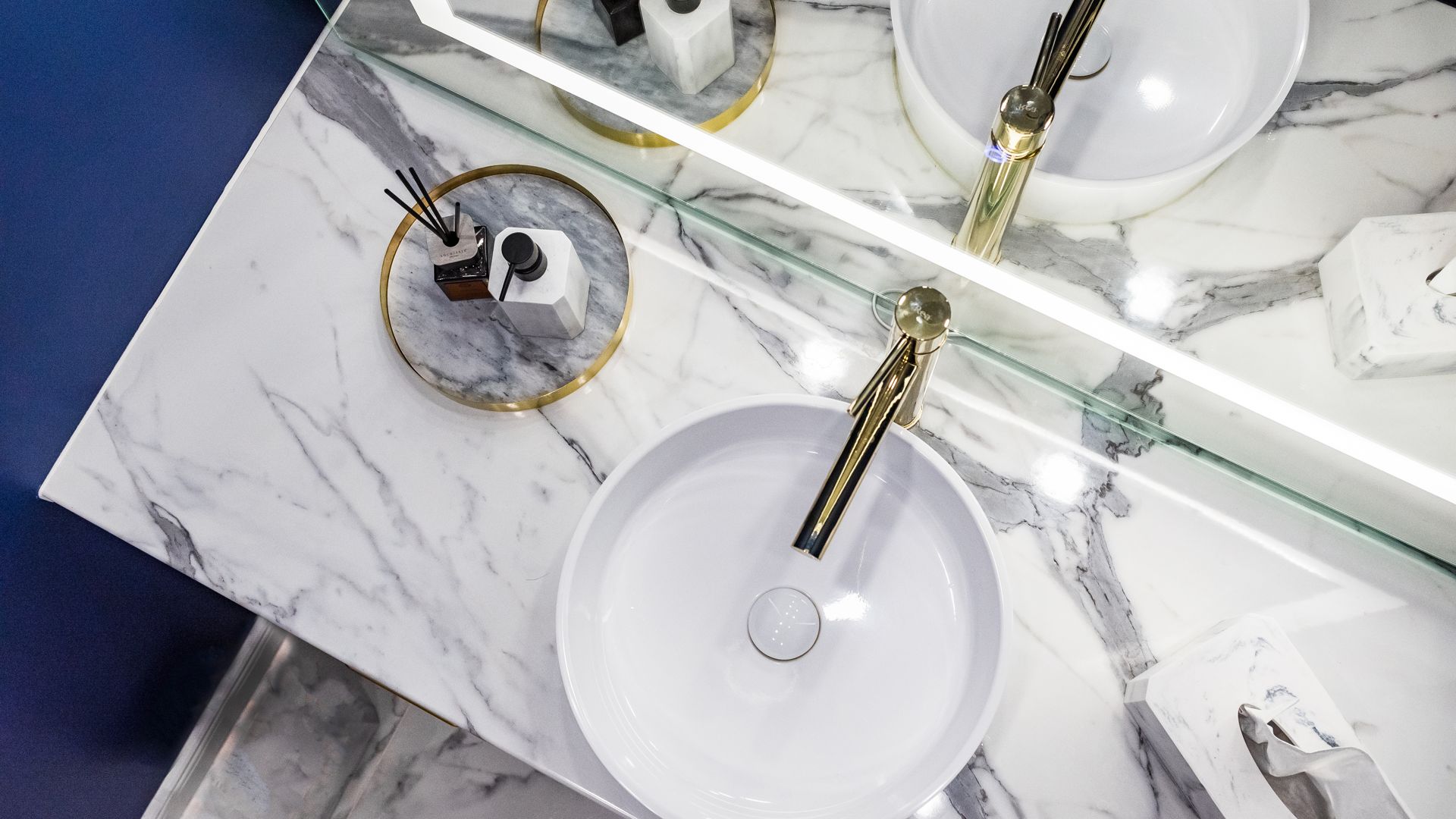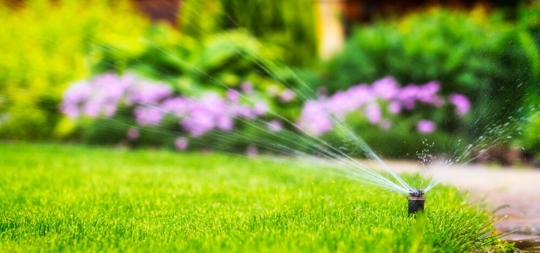With warmer weather on the way, you know you’ll need to start watering your lawn and garden beds more frequently. To make sure that no water goes to waste and that you don’t end up with dying plants or brown patches in your grass, it’s important to check your sprinkler system for any issues.
In preparation for summer, use this “sprinkler system maintenance checklist” to ensure that your system is in optimum condition.
1. Check to see if anything is blocking your sprinkler heads.
Sometimes sprinklers can get blocked or buried underneath dirt, rocks, or other debris. Walk around your property and check each sprinkler head to see if anything might be covering it or getting in the way of its water flow.
2. Perform a visual inspection of each sprinkler head.
In the process of checking to see if anything is blocking or burying your sprinklers, it’s also a good idea to inspect each sprinkler head up close for any damage. It’s fairly common for sprinklers to get damaged by lawn mowers, weed wackers, or even feet when someone accidentally trips over them. If the sprinklers are a little crooked, try to (carefully) straighten them out.
3. Inspect the rest of your sprinkler system’s components.
After checking the sprinkler heads, carefully inspect the pipes and valves, as well as any other part of the system that you are able to access. Don’t put off repairs if any parts are damaged.
While putting off sprinkler repairs might seem tempting, here are the biggest reasons NOT to:
You’ll end up wasting water, which in turn becomes wasted money.
Your yard will not be watered consistently, causing grass and other plants to die, which then becomes even more wasted money.
If water is not being properly directed and is instead collecting in puddles around your property, it is likely to increase pest control problems. Standing water attracts a variety of insects, particularly mosquitoes because they lay their eggs on water.
Leaks in your sprinkler system can end up causing mold problems and even property damage.
4. Revisit your sprinkler controller.
Even if the other components of your sprinkler system are working properly, your yard will still suffer if your controller is not in good working order as well.
Sprinkler controllers have a tendency to get pretty dirty. Make sure to clear any cobwebs and dust.
Replace any pieces that have gotten rusty.
Check the settings. Make any readjustments to your sprinkler system’s schedule that will be necessary to keep up with hot, summer temperatures. If you’re not sure what kind of schedule to set for your lawn, check out these lawn watering tips.
5. Conduct a pressure test.
Once you’ve set up the sprinkler controller, you’ll want to test the water pressure that travels through your system. This is an important part of inspecting your sprinklers because high water pressure or low water pressure usually means that there’s a problem with the system that would otherwise be difficult to detect.
Start by allowing water to fill up the system slowly. If water fills up the system all of a sudden, the rapid increase in pressure could result in damage to the system’s pipes.
To test the pressure, first, turn your system on.
Use a pressure gauge to find out how much water pressure is being applied to your system’s pipes.
If the water pressure is low, this often indicates that there is a leak in the system.
If the water pressure is high, this often indicates that there is either an excessive amount of water flowing through your system or that there is a blockage somewhere in the pipes.
In either case, it’s important to contact a technician before further damage to your sprinkler system occurs.
If you’re experiencing trouble with your outdoor irrigation system, contact the experts at Moe Plumbing, where most of our technicians have 15 to 20 years of experience!

